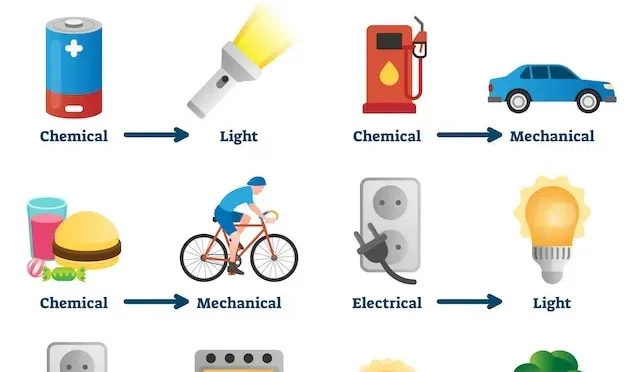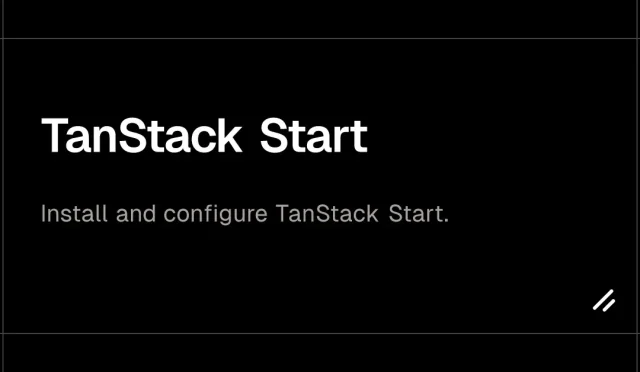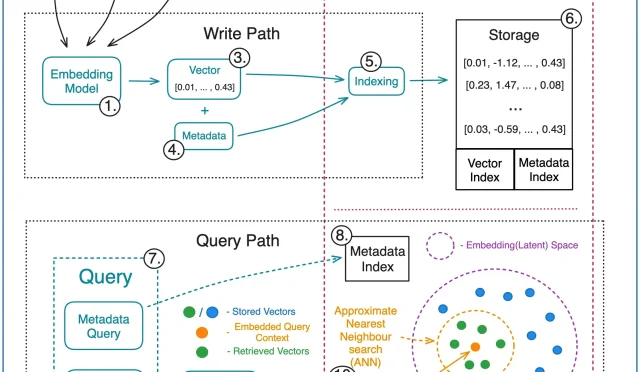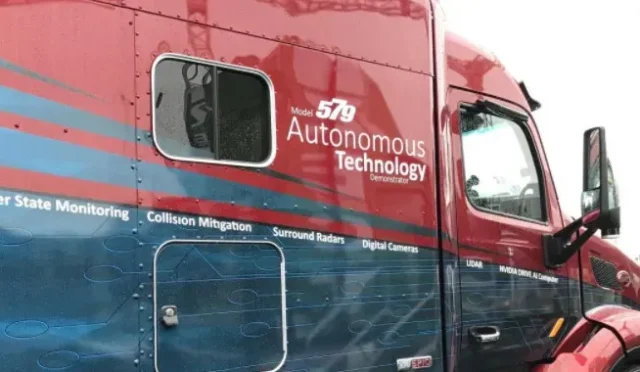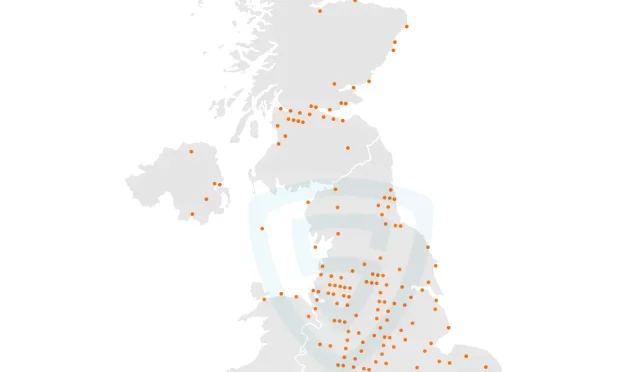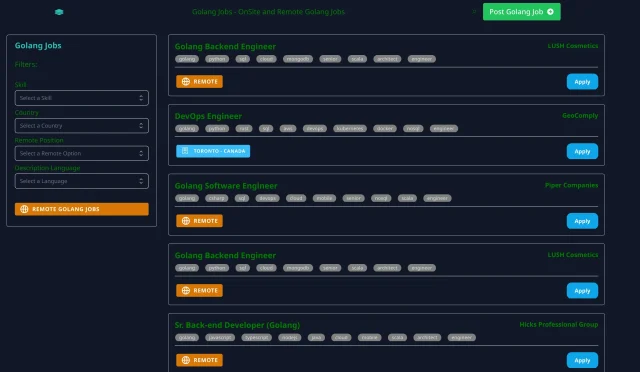Conflict-free Replicated Data Types (CRDTs) are transforming the way decentralized data structures handle synchronization and storage across distributed databases. These innovative data structures empower multi-user applications, allowing for seamless data replication without the complexities of conflict resolution. CRDTs thrive in environments where optimistic replication is essential, providing a robust mechanism for managing concurrent modifications across various replicas—even when they operate offline. As a result, CRDTs have become a vital component in software applications such as collaborative tools and large-scale data systems, ensuring consistency and reliability. In an era where data synchronization is more crucial than ever, understanding CRDTs can unlock new potential for developers and users alike.
At the forefront of modern data management, Conflict-free Replicated Data Types (CRDTs) offer a unique solution for data synchronization across distributed systems. These conflict-free structures are pivotal for ensuring that multiple copies of data remain consistent, even in decentralized networks. Leveraging the principles of optimistic replication, CRDTs allow users to independently modify data across various replicas, ultimately merging those changes seamlessly. This innovative approach to handling concurrent data operations is especially beneficial for collaboration software and real-time applications, which require high availability and performance. By embracing alternative data models like CRDTs, organizations can enhance their data infrastructure and streamline collaborative experiences.
Understanding the Role of Conflict-free Replicated Data Types in Distributed Systems
Conflict-free Replicated Data Types (CRDTs) are instrumental in ensuring consistency in distributed systems. These decentralized data structures allow multiple applications across various platforms to operate seamlessly without losing data integrity, regardless of the number of simultaneous modifications. This is particularly crucial in today’s mobile and collaborative environments, where users frequently access and alter shared data from different devices. By utilizing CRDTs, apps can effectively manage synchronization challenges, leading to improved user experiences even when connectivity is limited.
The implementation of CRDTs can drastically reduce the complexity of conflict resolution in distributed databases. Unlike traditional methods that rely on coordination and lock systems, CRDTs simplify interactions by enabling automatic merging of changes. When replicas are updated, CRDTs ensure that the outcome is a consistent state, maintaining data integrity. This allows developers to build more resilient applications that can handle real-time collaboration and offline access without extensive back-end infrastructure, making CRDTs a game-changer for modern data architecture.
Optimistic Replication: Enhancing Performance with CRDTs
Optimistic replication empowers users to independently interact with data across various replicas, fostering a more dynamic and responsive experience. However, it can introduce potential conflicts when multiple users edit the same data concurrently. This is where CRDTs showcase their strength. By allowing changes to occur freely while guaranteeing eventual consistency, CRDTs ensure that all modifications can be reconciled without disrupting user activities. This model is particularly advantageous for real-time collaboration tools and applications where uptime and availability are critical.
The design of CRDTs aligns well with the principles of optimistic replication. They eliminate the need for complex conflict resolution processes typically associated with multi-user edits. When working collectively, CRDTs automatically converge different versions of data back into a single coherent state, providing users with the latest version without losing any updates. This ability to synchronize data across decentralized platforms with ease is what makes CRDTs indispensable for developers looking to create robust, scalable applications that handle data effectively in distributed environments.
Using CRDTs in systems that employ optimistic replication provides a significant advantage, as these data structures inherently embrace decentralization. Unlike traditional databases that may require a centralized model to synchronize data, CRDTs function independently across nodes, allowing real-time updates and interactions. This design choice is perfect for peer-to-peer networks and collaborative software, as it enables any user to contribute changes without being hindered by the limitations of a server-centric architecture.
In addition to their implementation in collaborative applications, CRDTs cater to a wide range of use cases, from messaging apps to complex distributed databases. As the demand for decentralized solutions continues to surge, understanding and leveraging CRDTs becomes increasingly essential. Their ability to maintain data consistency during rapid user interactions positions them as a cornerstone of modern software development, allowing developers to create applications that are not only responsive but also resilient to connectivity challenges.
The Advantages of Decentralized Data Structures in CRDTs
Decentralized data structures, like CRDTs, offer a plethora of advantages over traditional centralized systems. One of the most significant benefits is their inherent resilience; by removing reliance on a single server or point of failure, these data types ensure that applications remain functional even in adverse conditions, such as network partitioning. This decentralization promotes better data availability and uptime, essential for user satisfaction in applications that require high reliability.
Furthermore, CRDTs embrace scalability effortlessly. In today’s fast-evolving tech landscape, where applications must support billions of users simultaneously, having a robust data structure that can scale without the bottleneck of centralized systems is vital. CRDTs distribute the load across multiple nodes, allowing organizations to grow their user base without compromising performance. This scalability, combined with the automatic conflict resolution feature, makes CRDTs an ideal choice for modern distributed applications.
Data Synchronization Made Easy with CRDTs
Data synchronization is a critical aspect of maintaining consistency across distributed systems. CRDTs revolutionize this process by significantly simplifying how updates are merged and conflicts are addressed. Unlike traditional approaches that often rely on locking mechanisms, leading to potential deadlocks and performance hits, CRDTs allow concurrent updates to coexist. When synchronization occurs, CRDTs guarantee that all changes are preserved and merged intelligently, ensuring that the final data state reflects all user inputs, which is particularly beneficial in collaborative environments.
Moreover, the capability of CRDTs to operate in environments with intermittent connectivity enhances their effectiveness in data synchronization. In situations where devices frequently go offline or when network conditions fluctuate, CRDTs can store changes locally and synchronize them automatically once the device reconnects. This resilience to network instability not only improves user experience but also reduces the burden on network resources, making CRDTs a vital component in modern distributed applications aiming for high availability and low latency.
The Future of Collaboration: CRDTs in Software Development
As more companies adopt remote work and collaborative tools, the demand for efficient synchronization methods grows. CRDTs represent a significant advancement in this domain, enabling seamless real-time collaboration across diverse user environments. By integrating CRDTs into collaborative software, developers can ensure that users can edit and interact with shared data effortlessly, regardless of their network conditions. This paves the way for innovation in software development by enhancing the overall user experience.
The future is promising for CRDTs, especially as they gain traction across various sectors beyond collaboration tools, including gaming and real-time analytics applications. As organizations look to solidify their data management strategies, understanding the unique benefits that CRDTs provide can significantly inform architectural decisions. With capabilities for decentralized data structures and automatic conflict resolution, CRDTs are setting the stage for the next wave of resilient and user-friendly applications.
Building Distributed Databases with CRDTs
Developing distributed databases comes with unique challenges, particularly related to data consistency and synchronization. However, utilizing CRDTs as a foundational component can dramatically simplify these challenges. By leveraging their conflict-free nature, developers can construct databases that scale horizontally while ensuring data integrity across all replicas. This approach not only supports high availability but also facilitates easier maintenance and upgrades, allowing organizations to pivot quickly in response to user demands.
Moreover, with CRDTs integrated into distributed databases, systems can accommodate rapid changes without sacrificing performance. As businesses evolve and user needs change, having a data structure that supports seamless updates and synchronization becomes paramount. This adaptability, coupled with the decentralized nature of CRDTs, positions them as an essential tool for companies looking to stay ahead in a competitive landscape, reinforcing their commitment to delivering robust, user-centered services.
Real-time Collaboration Tools Enhanced by CRDTs
In an era where real-time collaboration has become the norm, the incorporation of CRDTs into collaboration tools cannot be overstated. Applications like Google Docs and Figma rely on efficient data synchronization to enable users to work simultaneously on shared documents and designs. The integration of CRDTs allows for a smooth experience by effectively managing changes from multiple users without conflicts, thereby ensuring all inputs are captured and reflected in the final product.
These enhancements provided by CRDTs lead to increased productivity and collaboration satisfaction among users. They allow for instantaneous updates to be visible across all devices and users, fostering a dynamic work environment where ideas and feedback can flow freely. As teams continue to embrace remote work, the importance of real-time collaboration tools powered by advanced data management solutions like CRDTs will only continue to grow, emphasizing the need for innovative approaches in data handling and user interaction.
The Essential Features of CRDTs for Developers
CRDTs offer a suite of essential features that make them an appealing choice for developers working on decentralized applications. Their design accommodates various data operations while guaranteeing eventual consistency, allowing developers to implement optimistic replication strategies effectively. Furthermore, the automatic conflict resolution capability of CRDTs reduces the complexity often associated with traditional data management techniques, freeing developers to focus on functionality and user experience.
Another key feature of CRDTs is their versatility across multiple use cases. From real-time chat applications to extensive collaborative platforms, the adaptability of CRDTs makes them suitable for any application requiring consistent state management across different devices. This flexibility, combined with their robustness in handling data modifications, positions CRDTs as a powerful tool for modern developers looking to leverage decentralized data structures effectively.
Deciphering the Mechanisms Behind CRDTs
Understanding the mechanics behind Conflict-free Replicated Data Types (CRDTs) is essential for developers seeking to implement them effectively in their applications. The fundamental principle of CRDTs revolves around the concept of conflict-free data composition, where updates can be applied in any order without compromising the eventual consistency of the data. This predictable behavior allows systems to manage changes autonomously, establishing a reliable framework for data synchronization.
Additionally, CRDTs leverage mathematical properties that guarantee that all replicas will converge to the same state. This collision-free operational characteristic is achieved through the careful design of data types that can handle concurrent modifications. By integrating these mechanisms into applications, developers can ensure seamless interactivity and data integrity, paving the way for advanced collaborative features that enhance user engagement across platforms.
Frequently Asked Questions
What are Conflict-free Replicated Data Types (CRDTs) and how do they work?
Conflict-free Replicated Data Types (CRDTs) are advanced data structures designed for distributed systems that require data synchronization across multiple replicas. They enable optimistic replication, allowing users to make concurrent modifications on different replicas without coordination, ensuring that any changes can be safely merged into a consistent state, even in decentralized environments.
How do CRDTs enhance distributed databases?
CRDTs significantly improve distributed databases by allowing for decentralized data structures that can handle concurrent modifications effortlessly. With their built-in conflict resolution capabilities, CRDTs ensure that data remains consistent and available, mitigating issues related to network partitions while maintaining high performance.
What is optimistic replication in the context of CRDTs?
Optimistic replication is a method that allows users to modify data independently on any replica without waiting for other replicas to synchronize first. CRDTs are specifically designed to harness optimistic replication, automatically resolving conflicts that arise from concurrent edits, thus ensuring data consistency across all replicas.
Can CRDTs be used in mobile applications for data synchronization?
Yes, CRDTs are ideal for mobile applications that require data synchronization because they support decentralized operation. This means that data can be modified offline on a mobile device, and when the device reconnects, CRDTs can seamlessly merge changes with other replicas, ensuring consistency and availability.
How do CRDTs differ from traditional conflict resolution methods?
Unlike traditional methods that require complex conflict resolution strategies and centralized coordination, CRDTs automatically resolve conflicts through their merging algorithms. This eliminates the need for specialized code or user intervention, making CRDTs more efficient for real-time collaborative applications.
What role do CRDTs play in collaboration software like Google Docs?
While collaboration software like Google Docs uses centralized algorithms, CRDTs provide an alternative by allowing decentralized data synchronization. This means that multiple users can modify documents concurrently without risk of conflicts, as CRDTs will automatically reconcile any changes made across different replicas.
What are the advantages of using CRDTs in peer-to-peer networks?
CRDTs offer several advantages in peer-to-peer networks, including decentralized data management, resilience to network partitions, and automatic conflict resolution. These features allow for seamless synchronization and high availability of data across multiple nodes, making CRDTs a powerful choice for distributed applications.
How do CRDTs ensure data consistency in large-scale data storage systems?
CRDTs ensure data consistency in large-scale data storage systems by providing an automatic merging mechanism that resolves conflicts generated by concurrent updates. As replicas independently update their data, CRDTs guarantee that all changes converge to a consistent state, thereby enhancing reliability in distributed environments.
| Key Point | Description |
|---|---|
| Definition of CRDTs | CRDTs are data structures designed for simplifying distributed data storage and multi-user applications. |
| Use Cases | Used in mobile apps, distributed databases, collaboration software, and large-scale storage systems. |
| Replication Approaches | CRDTs work with optimistic replication, allowing independent modifications across replicas. |
| Conflict Resolution | CRDTs automatically merge changes from different replicas into a consistent state without specialized code. |
| Decentralized Operation | CRDTs do not rely on a central server, making them suitable for peer-to-peer networks. |
Summary
CRDTs, or Conflict-free Replicated Data Types, are revolutionary in the realm of distributed systems and collaborative applications. They provide a robust mechanism for data synchronization across multiple replicas while ensuring consistency and availability, even in the face of concurrent modifications. As user interactions become increasingly decentralized, CRDTs stand out for their ability to handle conflicts automatically, paving the way for more efficient and user-friendly applications.


